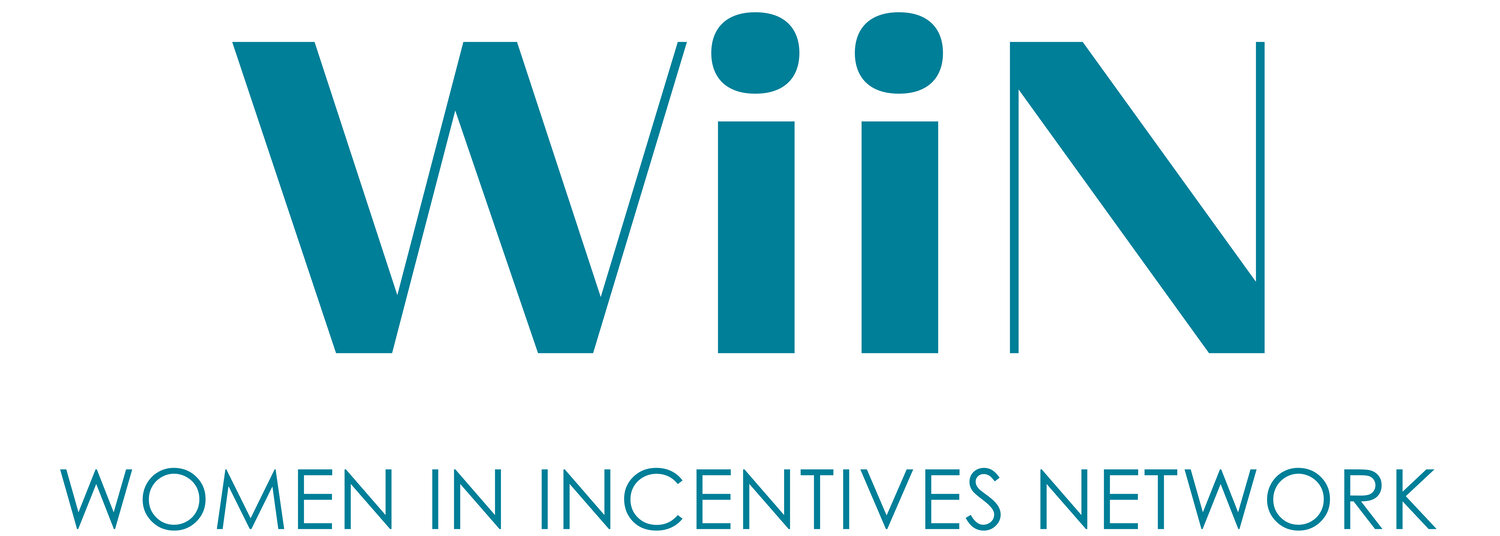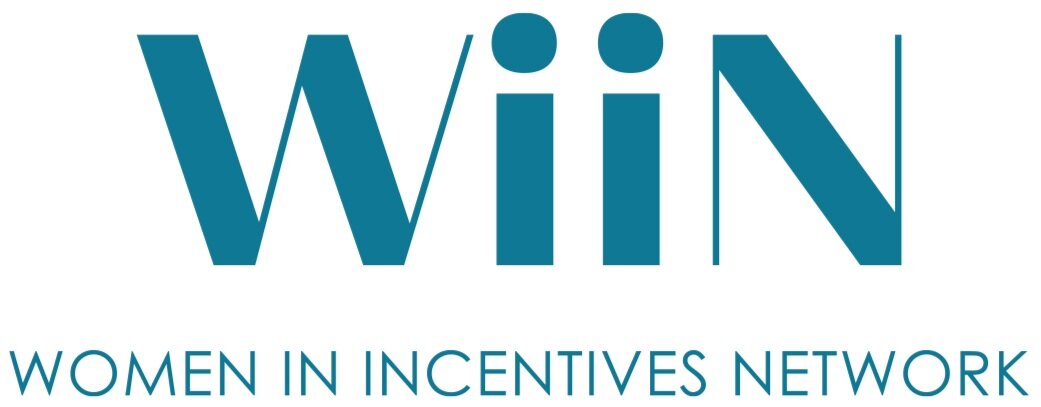The science that changed incentives
I didn’t quite meet the mark in my high school science exams but any study into incentives is likely to perk me up. I thought I'd share some of my favorites that are useful in any management or marketing context or even just trying to get someone on your side (husbands, children, small pets).
Goal-gradient hypothesis Kivetz, Urminsky & Zheng, 2006
The science is simple. In a study, they gave out loyalty cards at a car wash:
Group A got a card needing 8 stamps for a free wash. Group B received a card that required 10 stamps, but already had 2 stamps filled in.
Both groups technically needed 8 stamps, but the second group completed cards almost twice as often—because it felt like progress had already been made, or as the researchers put it, “effort accelerates with proximity to a reward.”. (Fun fact, this was a replica of a study on rats, who were put in a tunnel and speed tested on how close they were to food. The last stretch before the food dish saw the fastest running speeds. I also experience this at lunchtime.)
People like the sense of already being on the way. In the same way, if you have a to-do list and the first task is ‘write your to-do list’. Try to give people a little something to get the ball rolling, and when it’s in motion, keep the scarcity… ‘3 flights left until you can upgrade for free!’
2. IKEA effect (Ariely, Mochon & Norton, 2011).
In a stress-inducing situation, participants were tasked with building IKEA boxes, folding origami cranes/frogs, or assembling LEGO. They were then asked how much they would pay for their own creations versus identical ones made by others. Even if they had shoddily assembled crafts, it turns out people valued their own builds 63% higher than identical pre-assembled versions. The team behind it stated that “labor leads to love.” When you “earn” something in a program (badges, customizations, levels), you’re more attached to it than if it were handed over passively.
Perhaps you like looking at the badges on your Apple Fitness or have another seemingly worthless treat that you feel is tied to effort. It reiterates that rewards and incentives don’t have to be a cash grab.
Patience can be a virtue, and the ‘work’ matters. Consider something like the Lidl app, where consumers must spend progressively over a monthly time frame, rather than just being rewarded with monetary value.
3. Loss Aversion (Prospect Theory) Kahneman & Tversky (1979).
This has been run many times and all signs point to the fact that losses carry about twice the psychological weight of equivalent gains. Ever remember losing a wallet? I bet you remember what was in it. Yet you’ve earned that same value time and time again. However, the memory of that loss sticks.
Gambling sites lean into this, and instead of saying ‘We’ll give you £50 to bet, ' they offer to refund that first £50 if they lose.
This study asked people to pick between ‘sure things’ and gambles. For example; a sure gain of $500 or a 50% chance to gain $1,000, 50% chance to gain nothing. Most people chose the sure gain. Then they were asked to pick a sure loss of $500 or a 50% chance to lose $1,000/ 50% chance to lose nothing. Most people chose B (the gamble).
Framing anything as an act of loss prevention leaves an uneasy feeling for the customer but it can make customers act. However, the idea of threatening to take Terats or symbols away if behaviour or activity changes feels like a risky move - only one for the power brands where the deal really is that great.
_________________________________________________________
Written by Elaine Keep - https://elainekeep.com/


